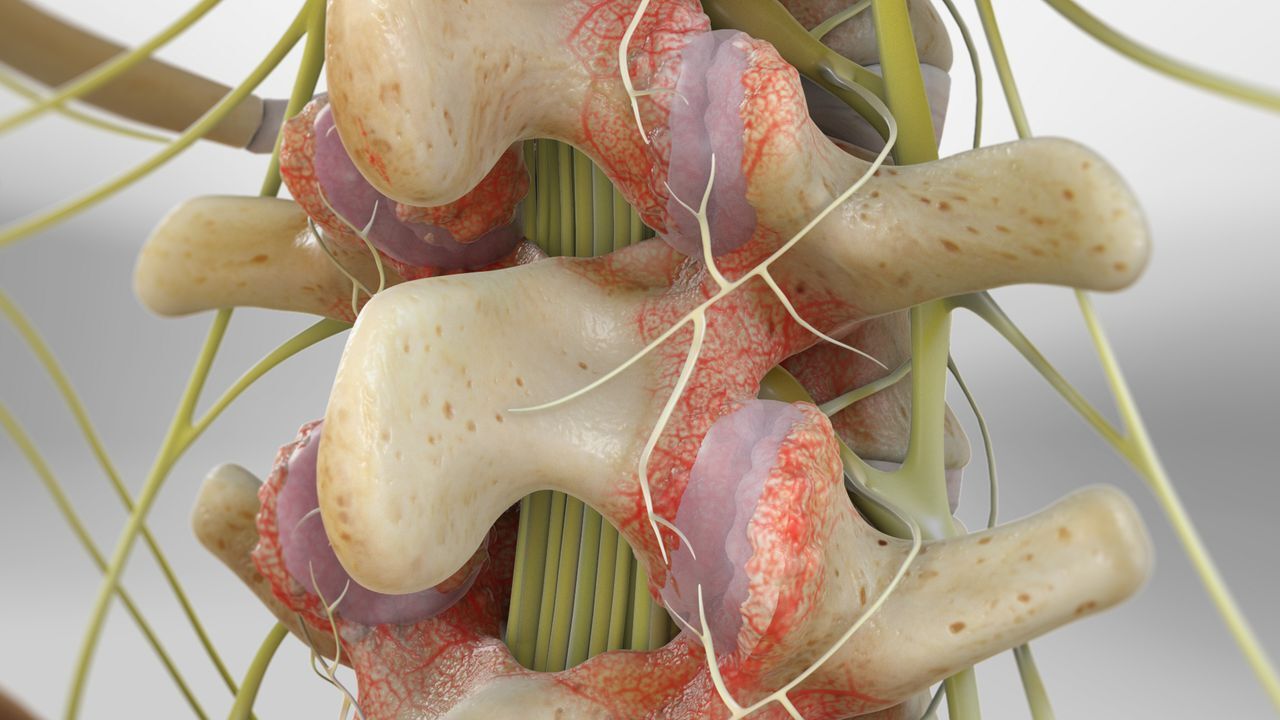
What is Fahr's Syndrome? Fahr's Syndrome, also known as Fahr's disease, is a rare, inherited neurological disorder. Characterized by abnormal calcium deposits in areas of the brain that control movement, this condition can lead to a variety of symptoms. These may include motor dysfunction, cognitive decline, and psychiatric issues. The exact cause remains unknown, but it often appears in families, suggesting a genetic link. Diagnosis typically involves brain imaging techniques like CT scans or MRIs to identify the calcifications. While there's no cure, treatments focus on managing symptoms and improving quality of life. Understanding Fahr's Syndrome is crucial for early intervention and better patient outcomes.
What is Fahr's Syndrome?
Fahr's Syndrome, also known as Fahr's disease, is a rare neurological disorder characterized by abnormal calcium deposits in the brain. These deposits primarily affect areas that control movement, such as the basal ganglia and cerebral cortex. Understanding this condition can help shed light on its impact and the challenges faced by those diagnosed with it.
-
Fahr's Syndrome is genetic. This disorder often runs in families, suggesting a genetic link. Mutations in specific genes, such as SLC20A2, have been associated with the condition.
-
Calcium deposits are the main feature. The hallmark of Fahr's Syndrome is the presence of calcium deposits in the brain, which can be detected through imaging techniques like CT scans.
-
Symptoms vary widely. Individuals with Fahr's Syndrome can experience a range of symptoms, including movement disorders, cognitive decline, and psychiatric issues.
-
Movement disorders are common. Many people with Fahr's Syndrome develop movement disorders similar to Parkinson's disease, such as tremors, stiffness, and difficulty walking.
-
Cognitive decline can occur. Some patients experience a decline in cognitive functions, including memory loss, difficulty concentrating, and impaired judgment.
-
Psychiatric symptoms are possible. Depression, anxiety, and psychosis have been reported in individuals with Fahr's Syndrome, adding to the complexity of the condition.
How is Fahr's Syndrome Diagnosed?
Diagnosing Fahr's Syndrome involves a combination of clinical evaluation, imaging studies, and genetic testing. Early detection can help manage symptoms more effectively.
-
CT scans are crucial. A CT scan of the brain is often used to identify the characteristic calcium deposits associated with Fahr's Syndrome.
-
MRI can provide additional details. While CT scans are more commonly used, MRI can offer more detailed images of the brain's structure and help rule out other conditions.
-
Genetic testing confirms the diagnosis. Identifying mutations in genes linked to Fahr's Syndrome can provide a definitive diagnosis and help guide treatment options.
-
Family history is important. A thorough family history can reveal patterns of inheritance and suggest a genetic basis for the disorder.
Treatment and Management of Fahr's Syndrome
There is no cure for Fahr's Syndrome, but various treatments can help manage symptoms and improve quality of life. Understanding these options is vital for patients and caregivers.
-
Medications can help. Drugs used to treat movement disorders, such as levodopa and antipsychotics, can alleviate some symptoms of Fahr's Syndrome.
-
Physical therapy is beneficial. Regular physical therapy can help maintain mobility and reduce the impact of movement disorders.
-
Occupational therapy aids daily living. Occupational therapy can assist individuals in adapting to their condition and maintaining independence in daily activities.
-
Psychiatric care is essential. Addressing psychiatric symptoms through counseling and medication can improve overall well-being.
-
Regular monitoring is necessary. Ongoing medical evaluations can help track the progression of the disease and adjust treatment plans as needed.
Living with Fahr's Syndrome
Living with Fahr's Syndrome presents unique challenges, but with the right support and resources, individuals can lead fulfilling lives.
-
Support groups offer community. Joining support groups can provide emotional support and practical advice from others facing similar challenges.
-
Education empowers patients. Learning about Fahr's Syndrome and its management can help patients take an active role in their care.
-
Caregiver support is crucial. Caregivers play a vital role in managing the condition and need support to maintain their own well-being.
-
Adaptive devices can help. Tools like walkers, grab bars, and adaptive utensils can make daily tasks easier and safer.
-
Planning for the future is important. Discussing long-term care options and making legal arrangements can provide peace of mind for patients and their families.
Final Thoughts on Fahr's Syndrome
Fahr's Syndrome, a rare neurological disorder, involves abnormal calcium deposits in the brain. These deposits can lead to a variety of symptoms, including movement disorders, cognitive impairment, and psychiatric issues. Early diagnosis is crucial for managing symptoms and improving quality of life. While there's no cure, treatments focus on alleviating symptoms and slowing progression. Genetic factors often play a role, so family history might be significant. Awareness and understanding of this condition can help those affected seek appropriate medical care. If you or someone you know shows signs of Fahr's Syndrome, consulting a healthcare professional is essential. Knowledge about this condition can make a significant difference in managing its impact. Stay informed, stay proactive, and support those dealing with this challenging disorder.
Was this page helpful?
Our commitment to delivering trustworthy and engaging content is at the heart of what we do. Each fact on our site is contributed by real users like you, bringing a wealth of diverse insights and information. To ensure the highest standards of accuracy and reliability, our dedicated editors meticulously review each submission. This process guarantees that the facts we share are not only fascinating but also credible. Trust in our commitment to quality and authenticity as you explore and learn with us.


